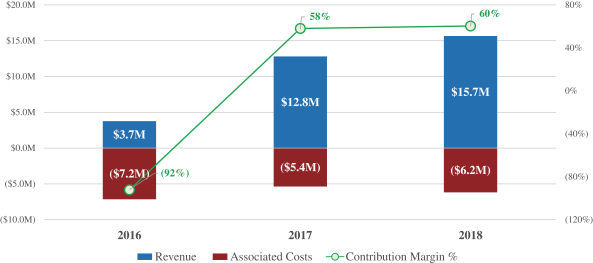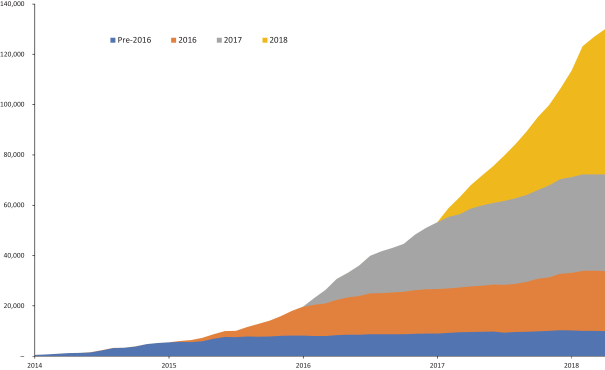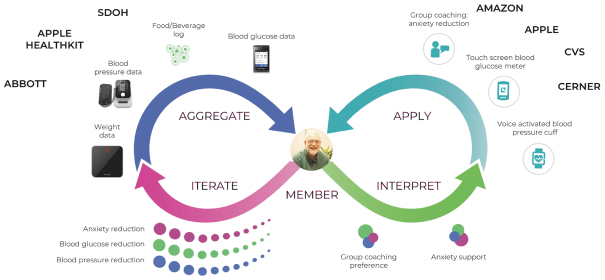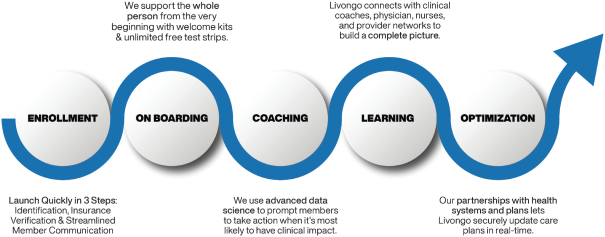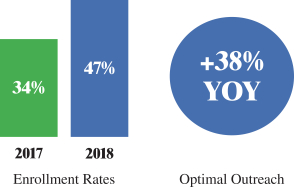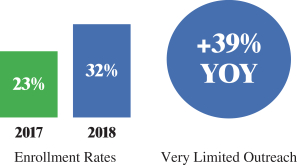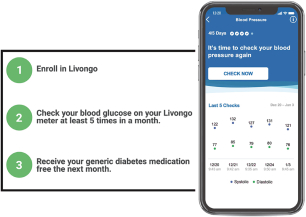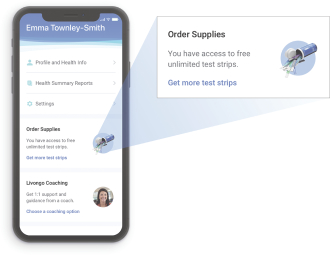of at least $2,500,000, with a 20% discount and provides for a premium payment in the event of an acquisition or sale event equal to two times the outstanding balance upon closing of the
acquisition or sale event (the “Contingent Redemption Feature”). The first $1,000,000 was funded on August 29, 2017 and an addition $1,000,000 was funded on November 22, 2017.
The Company determined that the Contingent Redemption Feature is an embedded derivative that requires bifurcation as detailed
below. The proceeds received under the note purchase agreement were allocated to the embedded derivative based on its issuance date fair value, which was determined using a probability weighted cashflow model. The liability for the debt component is
accounted for using the effective interest method. As of April 15, 2018, the outstanding balance on the note payable was $2,000,000 and the accrued interest was $80,877. As of April 15, 2018, the book value of the notes payable was
$1,500,434 with an unamortized discount of $499,566.
The bifurcated embedded derivative liability was subsequently
recorded at fair value of $1,188,168 of December 31, 2017, and $2,580,443 as of April 15, 2018, which is recognized in the balance sheet as “Derivative Liabilities.” Changes in fair value recorded in other loss of $1,392,275 for
the period ended April 15, 2018.
As of April 15, 2018, the Company estimated the fair value of the Convertible
Notes using a probability- weighted cash flow method. The fair value is sensitive to the estimated probability that a change in control event will take place (60% at December 31, 2017) or the valuation model and the discount rate. These
assumptions are significant unobservable inputs, and the Company has classified the fair value of the embedded derivative as a Level 3 estimate.
Subsequent period ended April 15, 2018, on April 16, 2018, the Company entered into a merger agreement and the full
balance of the note payable, accrued interest, and the embedded derivative liability were settled with the proceeds from the merger for a total of $4,161,753.
2018 Note Payable
Pursuant to a note purchase agreement dated March 12, 2018, the Company raised $620,000 from private investors through
issuance of convertible notes with the following terms: maturity date April 15, 2018, accrues interest at 8.0% per annum, secured by all of the assets of the Company, may not be prepaid without the prior written consent of holder.
At the maturity, the Company had the option to extend the maturity to December 31, 2018 or a different date with
additional conditions as follows: automatically converts into the type of security sold in the next financing round of at least $2,500,000, with a 20% discount and provides for a premium payment in the event of an acquisition or sale event equal to
two times the outstanding balance upon closing of the acquisition or sale event. The first $200,000 was funded on March 29, 2018 and an addition $420,000 was funded on March 29, 2018.
At the maturity, the Company extended the maturity date of the note from April 15, 2018 to April 16, 2018 and
obtained a waiver of all interest and other charges or fees that would otherwise accrue under this note from April 13, 2018 to April 16, 2018.
Subsequent period ended April 15, 2018, on April 16, 2018, the Company entered into a merger agreement and the full
balance of the note payable and the accrued interest, were settled with the proceeds from the merger for a total of $622,740.
Classification as embedded derivative. The Company considered the guidance in FASB ASC
815-15-25- 1, which states that an embedded derivative shall be separated from the host contract and accounted for as a
derivative instrument under Subtopic 815-10 if and only if all of the following criteria are met: a. The economic characteristics and risks of the embedded derivative are not clearly and closely related to the
economic
F-58




